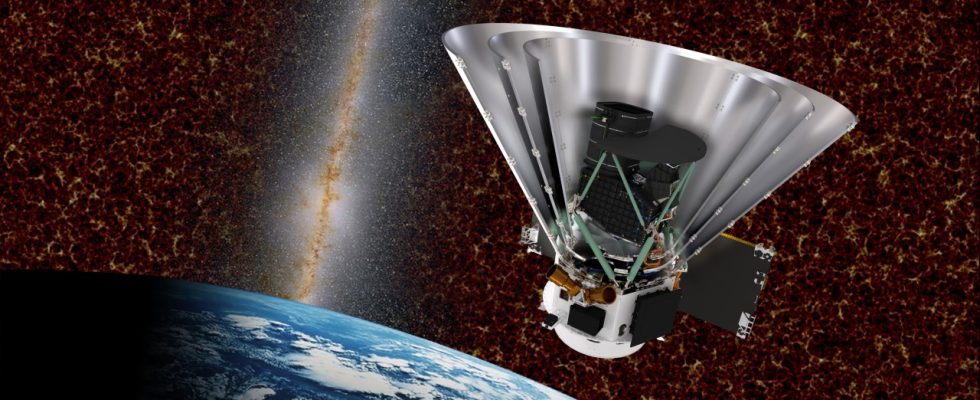The universe is full of mysteries. As technology advances, scientists can more easily uncover the behind-the-scenes of this mystery. NASA has undertaken a major initiative. The Space Agency has provided an update on its ambitious SPHEREx mission, which plans to map the entire sky from low Earth orbit when it launches within the next few years. Here are the details…
NASA shared the latest developments about the SPHEREx mission!
So what does this mission include? In fact, SPHEREx is an acronym for Spectro-Photometer, Reionization Era and Ice Explorer for the history of the universe. Scientists are developing this important spacecraft at NASA’s Jet Propulsion Laboratory in Southern California. The spacecraft has a distinctive cone shape.
If we examine its shape in more detail, we can see that there are two more small cones placed inside the outer cone. These surround SPHEREx’s telescope to protect it from the light and heat of the sun and Earth while in orbit.
JPL’s Sara Susca, the mission’s deputy payload manager and payload systems engineer, provided important information about this mission. “SPHEREx needs to be very agile. Because the spacecraft needs to move relatively fast while scanning the sky. It doesn’t look like it, but the shields are actually quite lightweight and made of sandwich-like layers of material. There are aluminum sheets outside. “It has a light but strong aluminum honeycomb structure inside that resembles cardboard.” said.
For two years, the SPHEREx telescope will study galaxies, stars, nebulae and other celestial objects. In this way, it will create a huge database. To do this, he will map the entire sky four times.
The mission’s goal is to help scientists better understand where water and other essential ingredients for life come from. The mission will do this by measuring the abundance of water ice in clouds of interstellar gas and dust, places where new stars form and planets are eventually created.
At the same time, the team will study the cosmic history of galaxies. They will learn more about when galaxies began to form and how they change over time.

